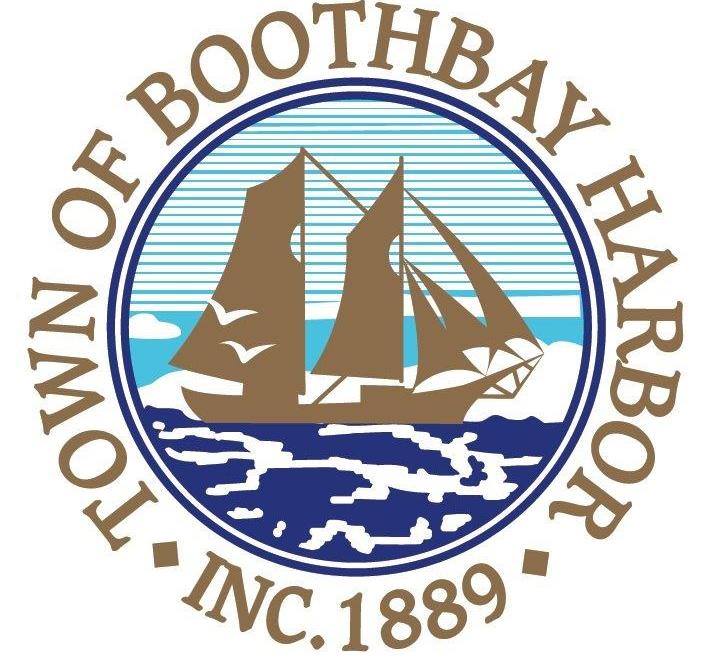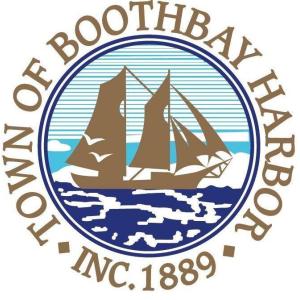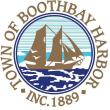WHPWA updates selectmen on pond water quality
West Harbor Pond Watershed Association member Merritt Blakeslee presented Boothbay Harbor selectmen Feb. 22 with an update on the pond’s siphon. The siphon was replaced in March 2019 after 11 years of inactivity which led to saturation of sea water and deoxygenated water levels. The siphon went live in May 2019 and performed so well that the offloading of hydrogen sulfide – a “rotten eggs” smell – from the bottom of the pond created controversy among neighbors.
After some months of contentious feelings from abutters over the odors, Blakeslee now reports the lower portion of the pond is rid of virtually all saline and deadwater. WHPWA confirms this monthly with oxygenation and salinity tests. With the help of Dr. Deborah Bronk at Bigelow Labs, Sue Mello at the Boothbay Region Water District and Linda Bacon at the Maine Department of Environmental Protection, the group has been able to confirm from its data that the oxygenation has returned to the pond.
“The water column of the lower basin is fully oxygenated with levels of oxygenation we've never seen before all the way to the bottom … At the very bottom of the upper basin there is plenty of hydrogen sulfide laden water still there. We don't know whether the siphon will gradually over time have some effect on that or not, but what we do know is that's certainly not being pulled into the inner harbor.”
Blakeslee said the remaining dead-water and influx of seawater from perigean tides are where the future challenges lie. The pond is comprised of two basins, an upper and a lower, separated by a ridge about 20 feet below the surface. Blakeslee said the separation makes it difficult for the new siphon to improve water quality below that ridge in the upper basin which extends another five feet deeper. This is an obstacle WHPWA never considered, said Blakeslee. Additionally, perigean tides – seasonal tides which reach into the pond – are still a problem as the old siphon allows more influx of seawater than should be expected.
WHPWA’s next step is to start testing at the lowest level of the pond, 35 feet deep and about 150 feet away from the new siphon, said Blakeslee. The water may be able to be pumped or siphoned out, but the costs associated with a project like that are uncertain, he said. “We're just beginning to think how that might work – obviously there are … costs involved whether enormous or not. We don't know if our siphon could extend another 1,000 meters to do that. But having gotten this far, we're looking at what might come next and that's absolutely might come next … The fact that the siphon was capable of removing the salinity to that degree over that period of time from zero feet down to 20 feet in the space of a month is an incredible testimony to the ability of the siphon to clean the pond up.”
Selectman Wendy Wolf said the Boothbay Harbor Region Chamber of Commerce has reported weekend visitors have not had any access to public restrooms. Wolf suggested the reopening of the Whale Park public restrooms to ease the burden local businesses have had with visitors asking to use their restrooms.
“Whale Park public restrooms are winterized due to needed access during Boothbay Lights,” said Wolf. “That would entail some cleaning and opening and closing them up, but we want to be friendly and encouraging to people who come here … and I can think of nothing more frustrating than not being able to find a restroom to use when you're coming for a visit.”
Town manager Julia Latter said she will work on getting the restrooms open and scheduling them for regular cleaning.
Vice Chair Tricia Warren announced the March 1 broadband committee meeting has been canceled. The committee will meet 6:30 p.m. April 5 via Zoom.
Event Date
Address
United States


























